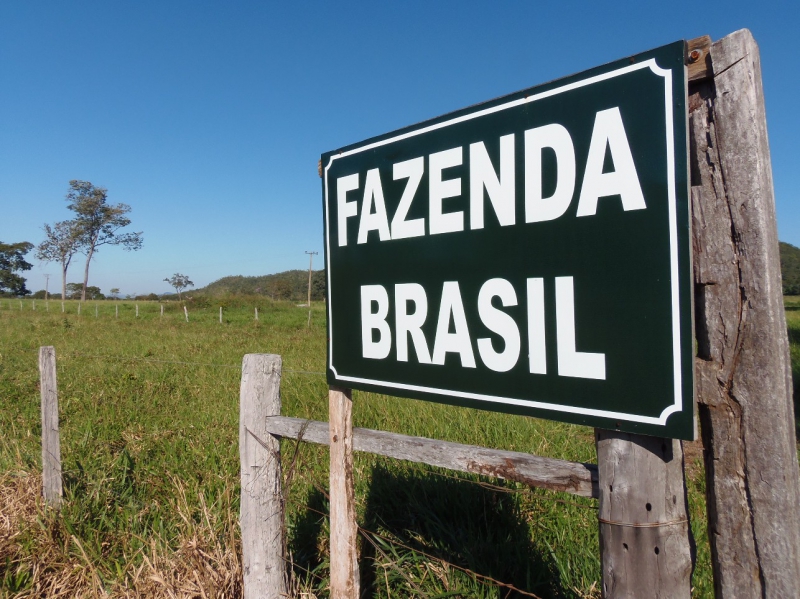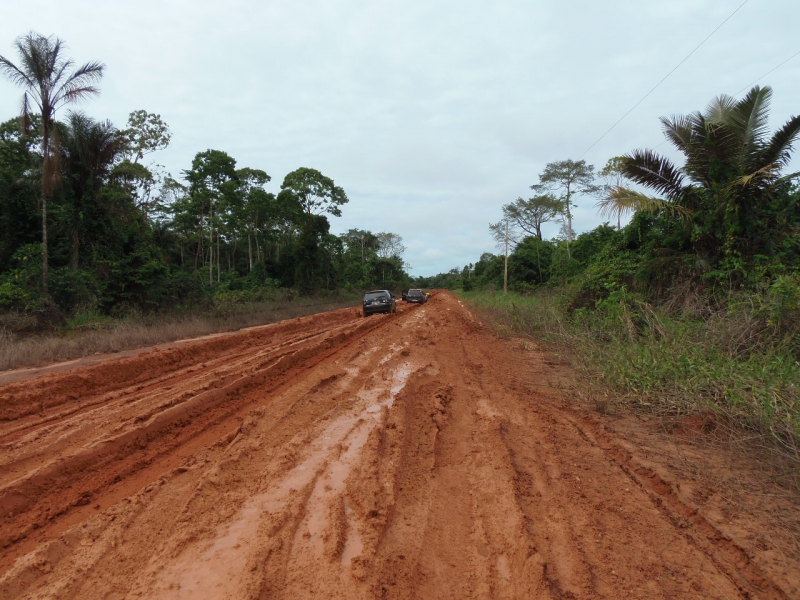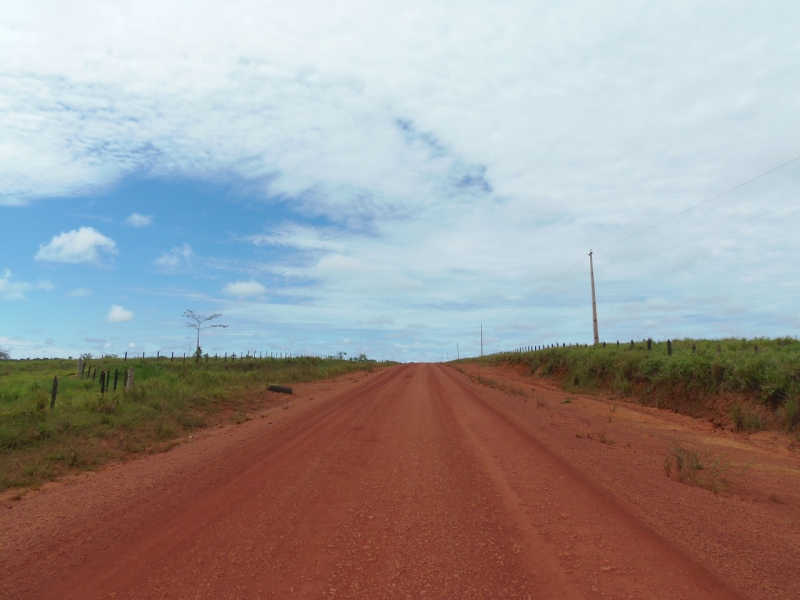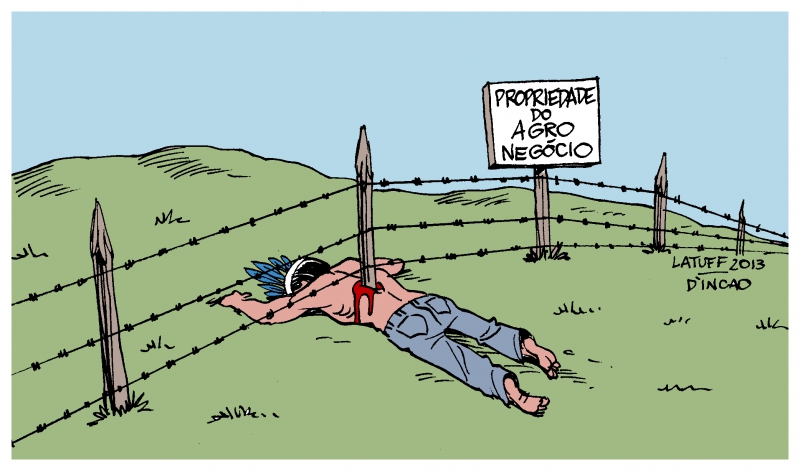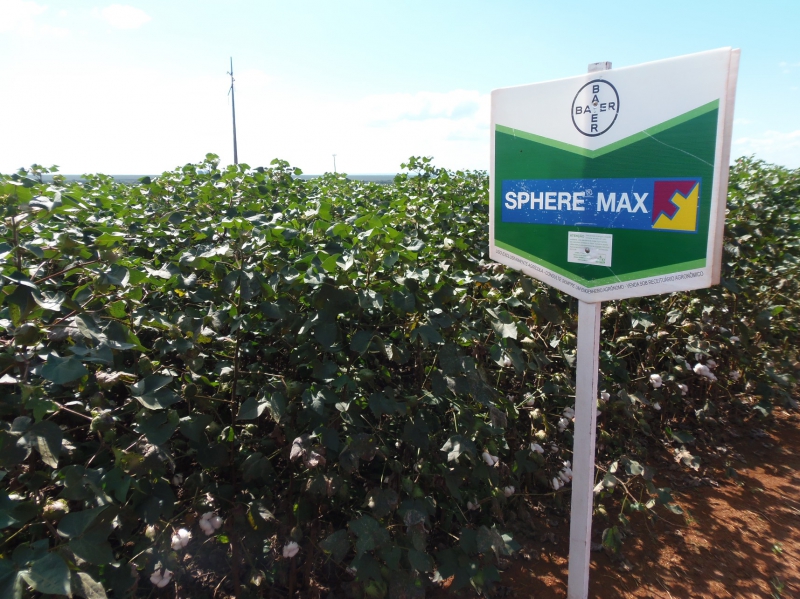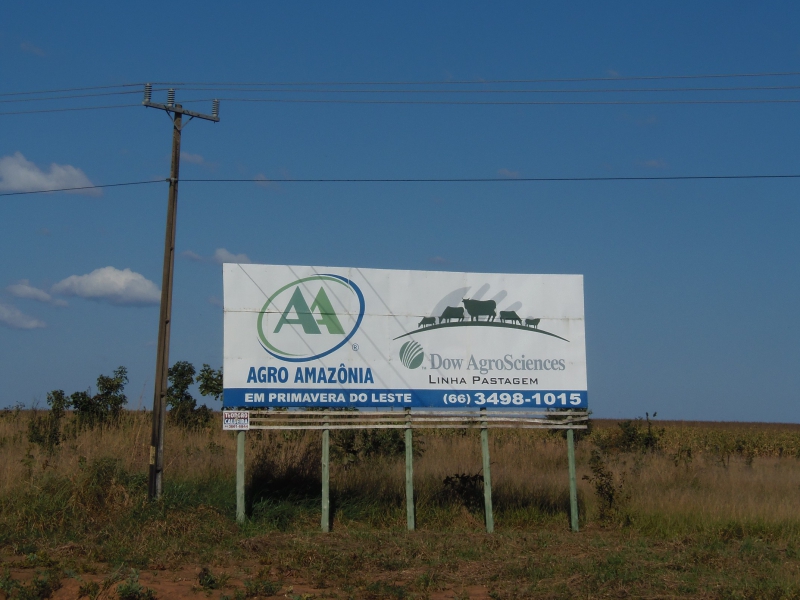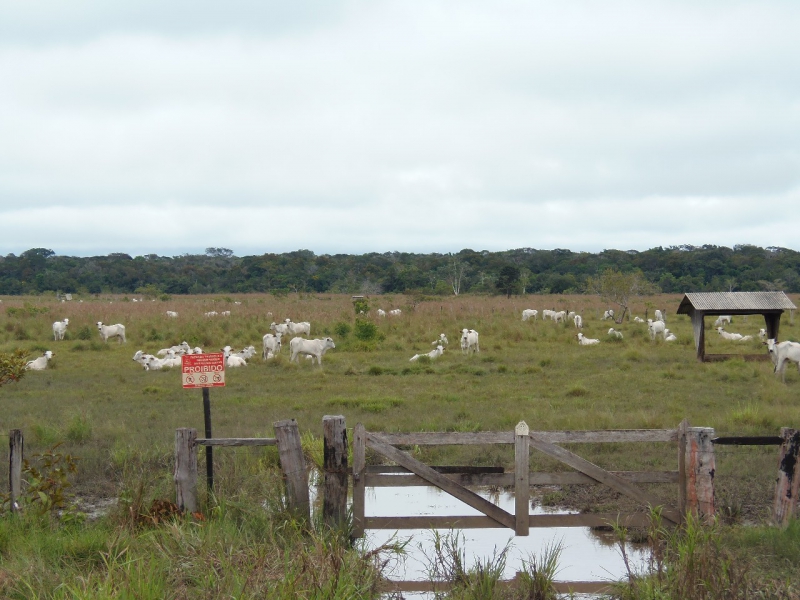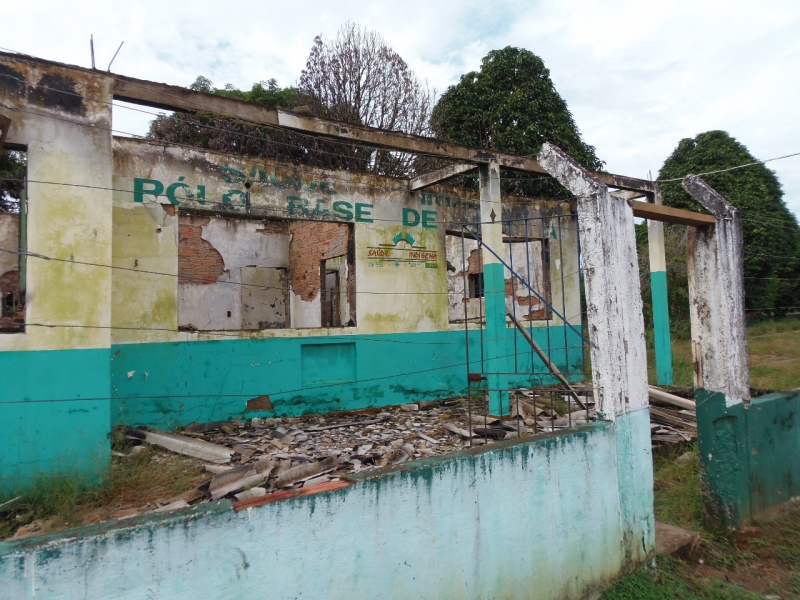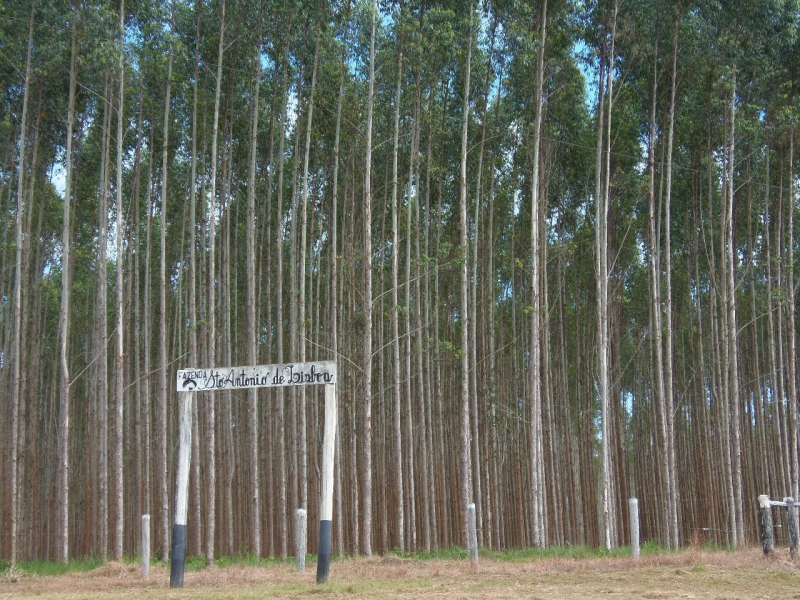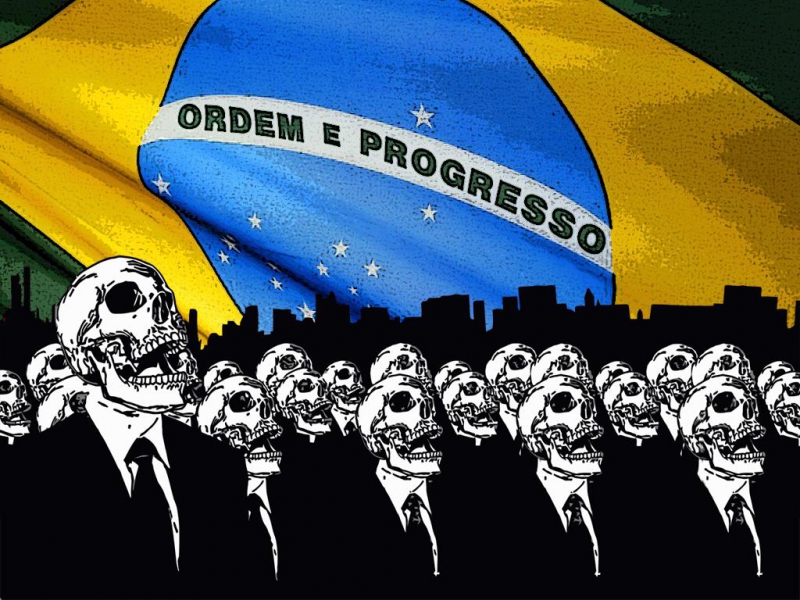From the Open-Publishing Calendar
From the Open-Publishing Newswire
Indybay Feature
BRAZIL NOW – Happy Football World Cup vs. Lethal Indigenous Hardship
The Tenharim Nation from the State of Amazonas, Brazil, once was big. So was the Amazon rainforest. But lethal agribusiness tirelessly progresses deeper and deeper into what once was the Amazon rainforest and the cultural and spiritual area of so many healthy forest peoples. Apart from so many protection success stories delivered these days by mass media agencies and other storytellers.
I never had the chance to meet Chief Ivan Tenharim. That isn’t a surprise per se considering that in Brazil’s territory are living some 240 – 300 different Indigenous Peoples. And although I spend a good part of every year traveling inside and working within this gorgeously rich cultural universe, on the field of communication and exchange of knowledge, it is impossible to get to know everybody.
The Tenharim Nation once was big. Between ten to thirty thousand people. Before the then military government decided to build a road, opening the Amazon for “progress”, and crossing the Tenharim lands, almost half a century ago.
Swiftly land grabbers and their gunmen, forced slave labor and organized men killing in order to obtain the Indigenous women for the newly arriving Brazilian “explorers” and “settlers”, allied with formerly unknown diseases, the invisible and always most effective agents of genocide, had them down to less than 500 in the 1970s. Today there are still less than one thousand Tenharim.
In the case of Chief Ivan I came too late. He had died, only 45 years old, five months before I arrived at the Indigenous Reserve Tenharim/Marmelos in the deep south of the State of Amazonas.
According to Brazilian mainstream media and the state authorities, Chief Ivan had suffered a deadly motorcycle accident.
His people, though, strongly disagree. I was asked not to give names or any other information that might facilitate identification of my interlocutors while staying at two of the Tenharim aldeias and one Jiahui People aldeia and I certainly obey that for good, or rather bad, reason. (The word aldeia stands in Brazilian Portuguese for Original People’s village.) I will thus merely reproduce their most substantial statements.
“How can somebody dressed in shorts, a t-shirt and flip-flops, suffer a motorcycle accident, break his neck, and not have one tiny scratch on his body or his head?”, I was asked right away.
“The only [lethal] injury Chief Ivan suffered was a strong hit from behind against his neck. We even found a piece of wood we think was used to kill him nearby. Plus there were no traces [on the dirt road] of a motorcycle having fallen and slipped, no scratch marks at the motorcycle itself, but the traces of a car, that had stopped where we found the Chief’s body and motorcycle”.
“We think he was either forced to stop, or that he stopped because of an obstacle put in his way and then hit by people already waiting in the woods there or by those following in a car.”
“But the police investigation…?”, I asked.
There was none. At least all of my Tenharim interlocutors confirmed that although authorities in the Brazilian towns of Humaitá (to the west) and 180 (to the east) were informed, only three days later a group of military men appeared at the scene of the crime/accident. In other words: after Chief Ivan was buried.
Nevertheless, without the possibility of seeing any evidence and furthermore giving credit exclusively to non-indigenous “witnesses”, they officially concluded that the Chief lost his life due to a motorcycle accident.
To some of the readers that might seem unbelievable, outrageous. To others, especially the older folk of the US, that might sound just like another story of “Mississippi Burning”.
And that comes close to what’s going on in TODAY’s deep south of the State of Amazonas (yet, not “only” there, since in the State of Mato Grosso do Sul, the Guarnai-Kiowá People suffer the same kind of unpunished if not completely uninvestigated selective and not so selective murders, as do the Tupinambá in the extreme south of Bahia State).
These areas, Mato Grosso do Sul and the south of Amazonas and Bahia are under the de facto control of a powerful state within the State of Brazil: big cattle ranchers and agribusiness (the Ruralistas, who with the power of the money gained with ecological destruction managed to seize control over almost all “political” parties in the two houses of parliament by campaign and other “financing”).
In the case of Amazonas, since not all of the land there is cleared of forest and exploited yet, there are furthermore many illegal logging and mining firms on board the Ruralista totalitarianism.
It actually is the continuation of an old historical pattern of Brazil’s History. The first non-indigenous elements to invade and subjugate the hinterlands behind the coastal areas were the bandeirantes. Ruthless gangs of slave and gold hunters. Still today you find in almost every Brazilian city streets and squares and businesses and Masonic lodges, even one of the powerful TV channels, named after them. With pride, that is.
These “modern” days it’s the coalition of noble wood robbers, miners, land grabbers, cattle breeders and, last not least in this chronological chain of Brazilian biocide-genocide, national and transnational agribusiness.
There are many Indigenous Reservations in Brazil. They make up for almost 13% of the national territory. Over 80% of the total Indigenous Territories are concentrated in the North (the Amazon region).
Yet, Indigenous Reserves rarely are de facto (entirely) under Indigenous control. The peoples lack the economic and material means that the coalition of destruction and genocide has. And since nothing has changed, substantially, since the old days of the bandeirantes, destruction business, legal or illegal, continues extremely lucrative. Huge areas cleared of any original forests and forest people are among the wealthiest within Brazil. Just take the State of Mato Grosso, for example, and its proud deforestation billionaire Blairo Maggi, Brazil’s soon-to-be president, as many Indigenous people fear. There they even renamed what once was part of the Amazon forest. Today it is called Agro-Amazônia.
Yet, once a region is under (total) control of agribusiness, the front runners, illegal timber business and gold hunting and land grabbers, have to look for new areas to start “to explore”. And right now it’s the turn of the deep south of the State of Amazonas.
Chief Ivan Tenharim was an outspoken opponent of the massive invasions and destructions going on within the (paper) Indigenous Reservation. He didn’t cease to denounce.
Consequently, and as he himself very well knew, he should have never driven alone on the BR 230, the so-called “Transamazon Highway”. A dirt road for the most part, crossing Brazil’s North for over four thousand kilometers from the east to the west, that is “in construction” for almost half a century and still long from finished. That stands for “regular” pace of public works in the country that squeezes the highest taxes of the world from its people.
“Chief Ivan was murdered because he disturbed the caterpillar wood extraction, gold hunters and land grabbers”, my interlocutors reaffirmed.
“He wasn’t supposed to go alone to the town of 180, but went ahead, after his road companion said that he would finish lunch first and catch up with him later”.
That was the opportunity the murderers had been waiting for.
“’Investigating’ military didn’t even look at the pictures we shot with cellular phones from Chief Ivan’s body without a scratch”.
“They were not interested in the truth at all”.
“It’s not ‘only’ the Chief, we all are being seen as obstacles for the kind of progress the Brazilian government has adopted and pushes forward ever more brutally. Now they construct more and more dams south of our lands. We are, due to illegal wood business and poaching and fishing already now almost without anything to hunt or fish. But the dams will give us ‘the rest’! The spawning areas will all disappear. And as you certainly know, wherever they have built dams in Brazil, extreme flooding is the consequence”.
“Naturally we oppose this, and thus we all are under constant threat. Nobody can go alone to town anymore. The loggers and cattle ranchers have concentrated gangs of gunmen in town, especially in 180, and going there without police escorts is high life risk.”
Things went completely out of control in late last December after three non-indigenous men had disappeared in the area. Supposedly killed by Indigenous men in retaliation for the uninvestigated murder (“accident”) of Chief Ivan. A lynch mob, instigated by local strongmen and hate preachers like the rancher-lawyer-politician and local representative of the OAB (Brazil’s Lawyers Organization!), Carlos Osvaldo “Terrinha” de Sousa, burned down pretty much everything that had to do with (supposed) governmental services for Original Peoples and attacked Indigenous individuals. Several hundreds of extra federal police and military from the 54º Jungle Infantry Battalion were sent in to suppress further violence.
“It’s not like everybody in town hates us”.
“We do have friends, poorer folk mostly, who we grew up with selling picolé [home-made ice cream] side by side, and from these we get regular information on the gunmen’s movements and everything.”
“But we don’t understand why we have so many military men around and never see them doing anything. In order to protect us and our Reservation being plundered night and day.”
“That’s the government’s ‘progress’. They defend the progress of capitalism and racism. And we must be out of the way. The military can’t go against the government. And the government won’t go against the ranchers and soy industry, who are their allies.”
No, you definitely cannot say that the Tenharim and Jiahui people wouldn’t understand exactly what’s going on.
“There are about 80 wood processing firms in 180. None of them processes any legal timber. Almost every truck that passes through our territory carries our stolen wood. How can you speak of justice?”
“Today we, the Indigenous Nations of Brazil, are threatened because of the material riches within our territories. And the Brazilians don’t seem to understand that theses riches must be preserved for tomorrow’s generations.”
“Five Tenharim men, among them two sons of former Chief Ivan are imprisoned in the capital of Rondônia State, Porto Velho. After Federal Police had found the bodies of the three disappeared Brazilian men from the region. They are locked up ever since without any proof of their involvement in the murder of the three non-indigenous people of the region. Is that supposed to be legal?”
“This, while our Chief was murdered and no investigation ever was initiated.”
“And no investigation neither on all racist hate attacks and burnings of public goods in late December last year!”
“There are so many organs, authorities around. The different police forces, the military, Ibama (federal environmental protection), Funai (federal Indigenous Affairs bureau)…, and nothing ever happens. It’s all a fake.”
“And the Indigenous Health Service, formerly known as Funasa and now renamed Sesai, it’s stealing all the money they receive from the Federal Government! Because whenever one of us needs something, a doctor, a specialist, or even a pill, there is never ever anything there. Not only after the burning of the station. Before that too, it’s always like that, our people dying because of fake health service!”
This is also the reason why the Tenharim and Jiahui people have started to – also illegally – collect tolls for all vehicles passing on the BR 230 through their territory. Without any income and without any government service de facto functioning, how else should they pay for transport to town and medical services…?
They are not allowed now to collect the tolls anymore. Police and military control that. “To keep the situation calm”, as they put it.
Yet it seems they are not allowed because it is illegal, but because they defend their Reservation as a forest. Because a few hundred kilometers to the south, in the center-west of the State of Mato Grosso, where all forests outside Indigenous Reserves have long gone – I confirm: A-L-L! – the Parecis People do collect tolls totally undisturbed by police. Maybe because they have ceased to the pressure of agribusiness surrounding them and (also not really legally) rent some of their land (which officially belongs to the Federal Union and cannot be rent or sold) to the regions’ big soy planters?
Brazil has some of the most modern laws in the world. Its 1988 Constitution is very progressive indeed.
Yet it is a paper work that never translates into reality. When it comes to the interests of agribusiness on one side and the permanently trampled (constitutional) rights of the “obstacles” on the other. Among them and mainly: Indigenous Peoples with traditional ambitions.
What the interlocutors of both peoples, the Tenharim and the Jiahui, were strongly emphasizing on is the need for “outside help”.
“Since the presidency of Fernando Henrique Cardoso we perceive that the governments weaken more and more the organs responsible for Indigenous Affairs. It is their strategy. They want to have us once and for all out of their way”.
“In Brazil everybody who has power is against us and involved in the destruction business. We have tried and tried and tried. Hundreds of times we have tried to speak with president Dilma. But she never receives Indigenous Peoples. Never! Nor do her ministers. They sent out low ranking officials full of lies. And the majority of Brazilians, who doesn’t win anything but actually lose too with all this destruction, doesn’t know what’s going on. They don’t show the truth on TV.”
“We need pressure from outside. Above all we want our Indigenous Brothers and Sisters from all the Americas to back us.”
“From the Americas and from the entire World! And not only the Indigenous Peoples but all people with the understanding that we can’t go on killing Mother Earth without eventually killing ourselves.”
An Indigenous grassroots appeal from what once was the Amazon rainforest very worthwhile thinking about. Especially now, during the Fifa Football World Cup business spectacle, when the power circles try to deceitfully present a Brazilian overall scenery of harmony and peace.
Written in late May and early June 2014 in the deep south of the State of Amazonas and Mato Grosso.
The Tenharim Nation once was big. Between ten to thirty thousand people. Before the then military government decided to build a road, opening the Amazon for “progress”, and crossing the Tenharim lands, almost half a century ago.
Swiftly land grabbers and their gunmen, forced slave labor and organized men killing in order to obtain the Indigenous women for the newly arriving Brazilian “explorers” and “settlers”, allied with formerly unknown diseases, the invisible and always most effective agents of genocide, had them down to less than 500 in the 1970s. Today there are still less than one thousand Tenharim.
In the case of Chief Ivan I came too late. He had died, only 45 years old, five months before I arrived at the Indigenous Reserve Tenharim/Marmelos in the deep south of the State of Amazonas.
According to Brazilian mainstream media and the state authorities, Chief Ivan had suffered a deadly motorcycle accident.
His people, though, strongly disagree. I was asked not to give names or any other information that might facilitate identification of my interlocutors while staying at two of the Tenharim aldeias and one Jiahui People aldeia and I certainly obey that for good, or rather bad, reason. (The word aldeia stands in Brazilian Portuguese for Original People’s village.) I will thus merely reproduce their most substantial statements.
“How can somebody dressed in shorts, a t-shirt and flip-flops, suffer a motorcycle accident, break his neck, and not have one tiny scratch on his body or his head?”, I was asked right away.
“The only [lethal] injury Chief Ivan suffered was a strong hit from behind against his neck. We even found a piece of wood we think was used to kill him nearby. Plus there were no traces [on the dirt road] of a motorcycle having fallen and slipped, no scratch marks at the motorcycle itself, but the traces of a car, that had stopped where we found the Chief’s body and motorcycle”.
“We think he was either forced to stop, or that he stopped because of an obstacle put in his way and then hit by people already waiting in the woods there or by those following in a car.”
“But the police investigation…?”, I asked.
There was none. At least all of my Tenharim interlocutors confirmed that although authorities in the Brazilian towns of Humaitá (to the west) and 180 (to the east) were informed, only three days later a group of military men appeared at the scene of the crime/accident. In other words: after Chief Ivan was buried.
Nevertheless, without the possibility of seeing any evidence and furthermore giving credit exclusively to non-indigenous “witnesses”, they officially concluded that the Chief lost his life due to a motorcycle accident.
To some of the readers that might seem unbelievable, outrageous. To others, especially the older folk of the US, that might sound just like another story of “Mississippi Burning”.
And that comes close to what’s going on in TODAY’s deep south of the State of Amazonas (yet, not “only” there, since in the State of Mato Grosso do Sul, the Guarnai-Kiowá People suffer the same kind of unpunished if not completely uninvestigated selective and not so selective murders, as do the Tupinambá in the extreme south of Bahia State).
These areas, Mato Grosso do Sul and the south of Amazonas and Bahia are under the de facto control of a powerful state within the State of Brazil: big cattle ranchers and agribusiness (the Ruralistas, who with the power of the money gained with ecological destruction managed to seize control over almost all “political” parties in the two houses of parliament by campaign and other “financing”).
In the case of Amazonas, since not all of the land there is cleared of forest and exploited yet, there are furthermore many illegal logging and mining firms on board the Ruralista totalitarianism.
It actually is the continuation of an old historical pattern of Brazil’s History. The first non-indigenous elements to invade and subjugate the hinterlands behind the coastal areas were the bandeirantes. Ruthless gangs of slave and gold hunters. Still today you find in almost every Brazilian city streets and squares and businesses and Masonic lodges, even one of the powerful TV channels, named after them. With pride, that is.
These “modern” days it’s the coalition of noble wood robbers, miners, land grabbers, cattle breeders and, last not least in this chronological chain of Brazilian biocide-genocide, national and transnational agribusiness.
There are many Indigenous Reservations in Brazil. They make up for almost 13% of the national territory. Over 80% of the total Indigenous Territories are concentrated in the North (the Amazon region).
Yet, Indigenous Reserves rarely are de facto (entirely) under Indigenous control. The peoples lack the economic and material means that the coalition of destruction and genocide has. And since nothing has changed, substantially, since the old days of the bandeirantes, destruction business, legal or illegal, continues extremely lucrative. Huge areas cleared of any original forests and forest people are among the wealthiest within Brazil. Just take the State of Mato Grosso, for example, and its proud deforestation billionaire Blairo Maggi, Brazil’s soon-to-be president, as many Indigenous people fear. There they even renamed what once was part of the Amazon forest. Today it is called Agro-Amazônia.
Yet, once a region is under (total) control of agribusiness, the front runners, illegal timber business and gold hunting and land grabbers, have to look for new areas to start “to explore”. And right now it’s the turn of the deep south of the State of Amazonas.
Chief Ivan Tenharim was an outspoken opponent of the massive invasions and destructions going on within the (paper) Indigenous Reservation. He didn’t cease to denounce.
Consequently, and as he himself very well knew, he should have never driven alone on the BR 230, the so-called “Transamazon Highway”. A dirt road for the most part, crossing Brazil’s North for over four thousand kilometers from the east to the west, that is “in construction” for almost half a century and still long from finished. That stands for “regular” pace of public works in the country that squeezes the highest taxes of the world from its people.
“Chief Ivan was murdered because he disturbed the caterpillar wood extraction, gold hunters and land grabbers”, my interlocutors reaffirmed.
“He wasn’t supposed to go alone to the town of 180, but went ahead, after his road companion said that he would finish lunch first and catch up with him later”.
That was the opportunity the murderers had been waiting for.
“’Investigating’ military didn’t even look at the pictures we shot with cellular phones from Chief Ivan’s body without a scratch”.
“They were not interested in the truth at all”.
“It’s not ‘only’ the Chief, we all are being seen as obstacles for the kind of progress the Brazilian government has adopted and pushes forward ever more brutally. Now they construct more and more dams south of our lands. We are, due to illegal wood business and poaching and fishing already now almost without anything to hunt or fish. But the dams will give us ‘the rest’! The spawning areas will all disappear. And as you certainly know, wherever they have built dams in Brazil, extreme flooding is the consequence”.
“Naturally we oppose this, and thus we all are under constant threat. Nobody can go alone to town anymore. The loggers and cattle ranchers have concentrated gangs of gunmen in town, especially in 180, and going there without police escorts is high life risk.”
Things went completely out of control in late last December after three non-indigenous men had disappeared in the area. Supposedly killed by Indigenous men in retaliation for the uninvestigated murder (“accident”) of Chief Ivan. A lynch mob, instigated by local strongmen and hate preachers like the rancher-lawyer-politician and local representative of the OAB (Brazil’s Lawyers Organization!), Carlos Osvaldo “Terrinha” de Sousa, burned down pretty much everything that had to do with (supposed) governmental services for Original Peoples and attacked Indigenous individuals. Several hundreds of extra federal police and military from the 54º Jungle Infantry Battalion were sent in to suppress further violence.
“It’s not like everybody in town hates us”.
“We do have friends, poorer folk mostly, who we grew up with selling picolé [home-made ice cream] side by side, and from these we get regular information on the gunmen’s movements and everything.”
“But we don’t understand why we have so many military men around and never see them doing anything. In order to protect us and our Reservation being plundered night and day.”
“That’s the government’s ‘progress’. They defend the progress of capitalism and racism. And we must be out of the way. The military can’t go against the government. And the government won’t go against the ranchers and soy industry, who are their allies.”
No, you definitely cannot say that the Tenharim and Jiahui people wouldn’t understand exactly what’s going on.
“There are about 80 wood processing firms in 180. None of them processes any legal timber. Almost every truck that passes through our territory carries our stolen wood. How can you speak of justice?”
“Today we, the Indigenous Nations of Brazil, are threatened because of the material riches within our territories. And the Brazilians don’t seem to understand that theses riches must be preserved for tomorrow’s generations.”
“Five Tenharim men, among them two sons of former Chief Ivan are imprisoned in the capital of Rondônia State, Porto Velho. After Federal Police had found the bodies of the three disappeared Brazilian men from the region. They are locked up ever since without any proof of their involvement in the murder of the three non-indigenous people of the region. Is that supposed to be legal?”
“This, while our Chief was murdered and no investigation ever was initiated.”
“And no investigation neither on all racist hate attacks and burnings of public goods in late December last year!”
“There are so many organs, authorities around. The different police forces, the military, Ibama (federal environmental protection), Funai (federal Indigenous Affairs bureau)…, and nothing ever happens. It’s all a fake.”
“And the Indigenous Health Service, formerly known as Funasa and now renamed Sesai, it’s stealing all the money they receive from the Federal Government! Because whenever one of us needs something, a doctor, a specialist, or even a pill, there is never ever anything there. Not only after the burning of the station. Before that too, it’s always like that, our people dying because of fake health service!”
This is also the reason why the Tenharim and Jiahui people have started to – also illegally – collect tolls for all vehicles passing on the BR 230 through their territory. Without any income and without any government service de facto functioning, how else should they pay for transport to town and medical services…?
They are not allowed now to collect the tolls anymore. Police and military control that. “To keep the situation calm”, as they put it.
Yet it seems they are not allowed because it is illegal, but because they defend their Reservation as a forest. Because a few hundred kilometers to the south, in the center-west of the State of Mato Grosso, where all forests outside Indigenous Reserves have long gone – I confirm: A-L-L! – the Parecis People do collect tolls totally undisturbed by police. Maybe because they have ceased to the pressure of agribusiness surrounding them and (also not really legally) rent some of their land (which officially belongs to the Federal Union and cannot be rent or sold) to the regions’ big soy planters?
Brazil has some of the most modern laws in the world. Its 1988 Constitution is very progressive indeed.
Yet it is a paper work that never translates into reality. When it comes to the interests of agribusiness on one side and the permanently trampled (constitutional) rights of the “obstacles” on the other. Among them and mainly: Indigenous Peoples with traditional ambitions.
What the interlocutors of both peoples, the Tenharim and the Jiahui, were strongly emphasizing on is the need for “outside help”.
“Since the presidency of Fernando Henrique Cardoso we perceive that the governments weaken more and more the organs responsible for Indigenous Affairs. It is their strategy. They want to have us once and for all out of their way”.
“In Brazil everybody who has power is against us and involved in the destruction business. We have tried and tried and tried. Hundreds of times we have tried to speak with president Dilma. But she never receives Indigenous Peoples. Never! Nor do her ministers. They sent out low ranking officials full of lies. And the majority of Brazilians, who doesn’t win anything but actually lose too with all this destruction, doesn’t know what’s going on. They don’t show the truth on TV.”
“We need pressure from outside. Above all we want our Indigenous Brothers and Sisters from all the Americas to back us.”
“From the Americas and from the entire World! And not only the Indigenous Peoples but all people with the understanding that we can’t go on killing Mother Earth without eventually killing ourselves.”
An Indigenous grassroots appeal from what once was the Amazon rainforest very worthwhile thinking about. Especially now, during the Fifa Football World Cup business spectacle, when the power circles try to deceitfully present a Brazilian overall scenery of harmony and peace.
Written in late May and early June 2014 in the deep south of the State of Amazonas and Mato Grosso.
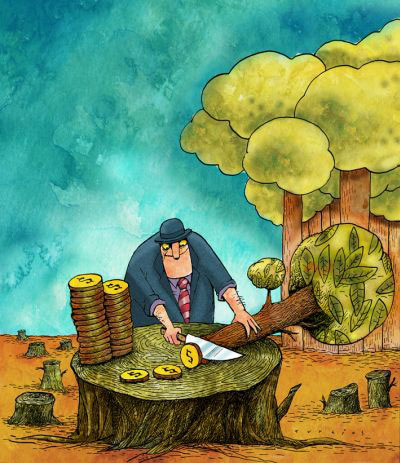
We are 100% volunteer and depend on your participation to sustain our efforts!
Get Involved
If you'd like to help with maintaining or developing the website, contact us.
Publish
Publish your stories and upcoming events on Indybay.
Topics
More
Search Indybay's Archives
Advanced Search
►
▼
IMC Network


